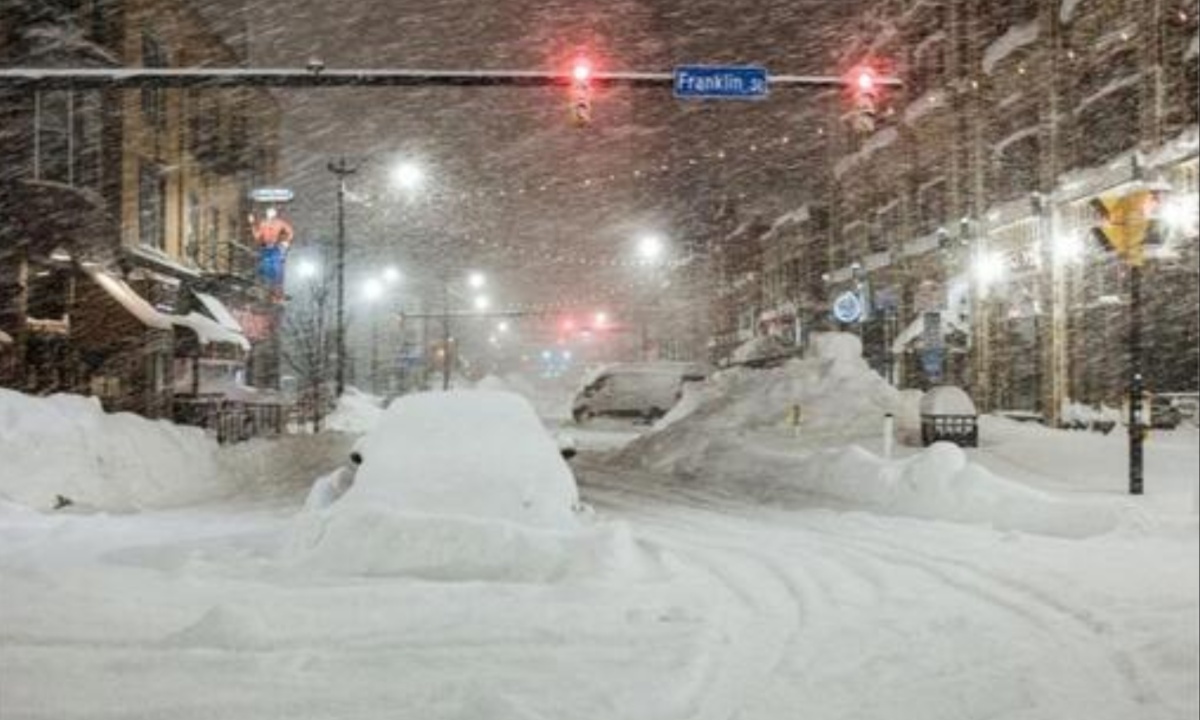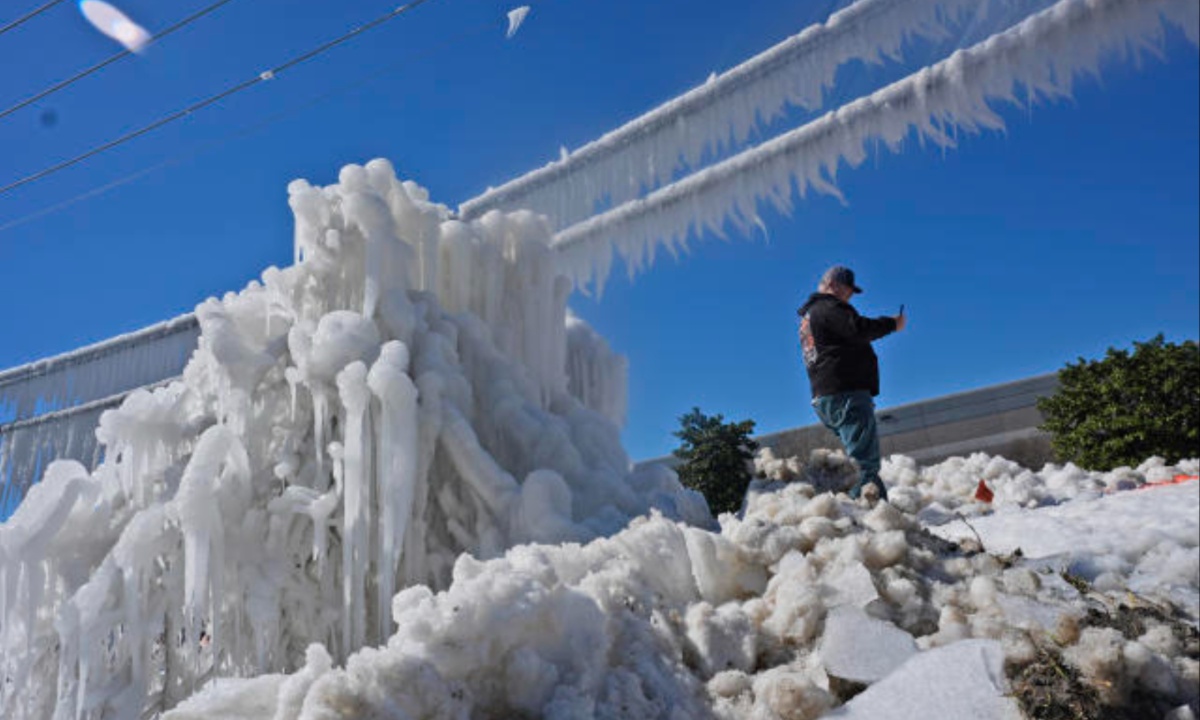The United States is experiencing an unusually cold winter, marked by at least eight blasts of Arctic air. This January was the coldest in the Lower 48 states since 1988, a stark contrast to the broader trend of warming winters. Despite this local chill, globally, January 2024 was the warmest on record. The contradiction highlights how the U.S. is an outlier in the context of overall climate trends. Scientists attribute the extreme cold to specific atmospheric conditions rather than a reversal of global warming.
The persistent cold in the U.S. can be linked to a combination of an erratic polar vortex and a blocking high-pressure system over the Arctic. These weather patterns have caused a dip in the jet stream, allowing frigid air to push southward into the Lower 48. The blocking high, which typically occurs more frequently during La Niña years, has forced the cold air to spill into the U.S. while keeping Alaska relatively warm. Such atmospheric behaviors are being studied for their potential connections to climate change.
Arctic Warming and Jet Stream Shifts Linked to More Extreme Cold Events
Scientists have long debated how the warming Arctic affects extreme cold events in mid-latitudes. Some studies suggest that as the Arctic warms and the jet stream weakens, it allows more frequent intrusions of cold air into lower latitudes. A 2023 study found that blocking highs similar to this year’s pattern could become more common as climate change progresses. However, not all experts agree on the extent of this connection, with some calling for more research to establish a definitive link.

The polar vortex, a fast-moving wind system in the upper atmosphere, plays a crucial role in shaping winter weather. Typically, a strong polar vortex keeps Arctic air confined to the north, but when it weakens or stretches, it allows cold air to spill southward. This winter, the polar vortex has been particularly active, stretching into unusual shapes and shifting the jet stream further south than usual. This has led to multiple extreme cold events across the U.S., including record-breaking temperatures in cities like Dallas and New Orleans.
Frequent Polar Vortex Disruptions Raise Questions About Climate Change and Extreme Cold Events
Experts note that the polar vortex has stretched unusually often this winter, contributing to repeated cold waves. According to Judah Cohen, at least ten such events have occurred in the past three months, an unusually high frequency. The pattern resembles previous cold outbreaks, such as the February 2021 Arctic blast that severely impacted Texas. Researchers suggest that as the Arctic continues to warm, similar disruptions in the polar vortex may become more common, though they might not be as intensely cold as in the past.
The connection between extreme cold events and climate change remains a subject of scientific discussion. While there is broad agreement that winters are generally warming due to fossil fuel pollution, the mechanisms behind specific cold outbreaks are still being studied. Some scientists argue that warming temperatures might actually increase the frequency of extreme cold snaps, even if they are not as frigid as before. Others believe more research is needed to fully understand these dynamics.
Despite the warming trend, scientists acknowledge that extreme cold events will still occur. While they may not reach past levels of severity, they will continue to be disruptive when they happen. The interplay between Arctic warming, jet stream behavior, and the polar vortex remains a complex and evolving field of study. As research advances, scientists hope to better predict and understand these cold spells in the context of a changing climate.
